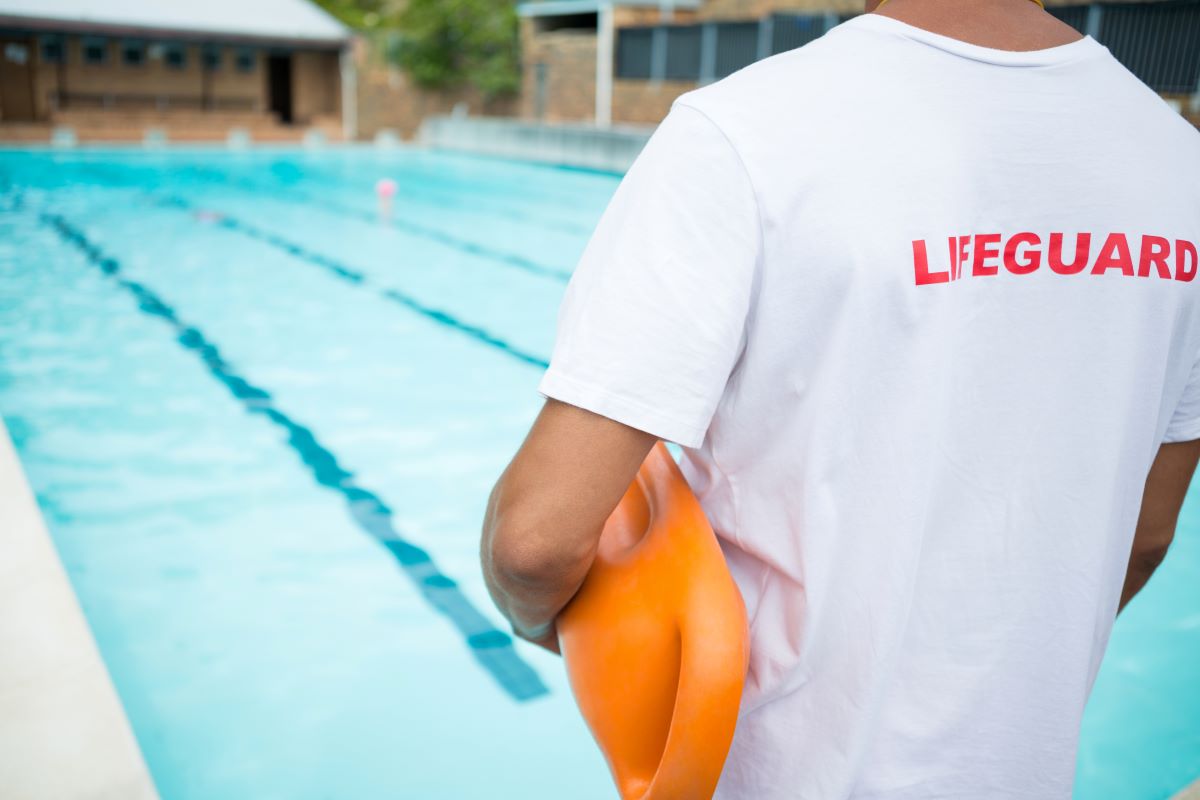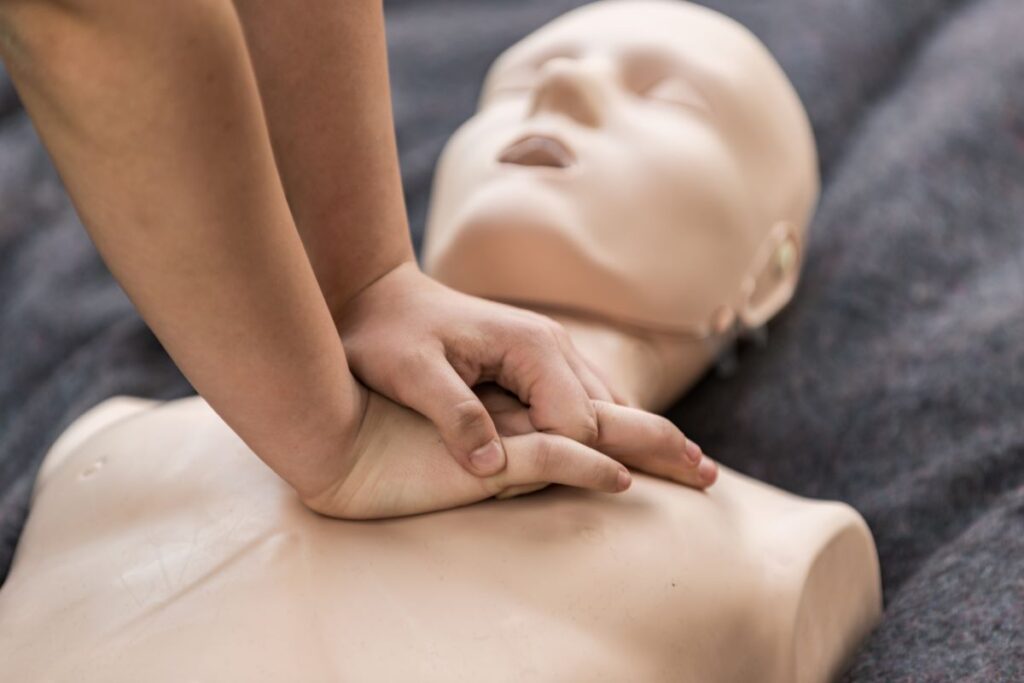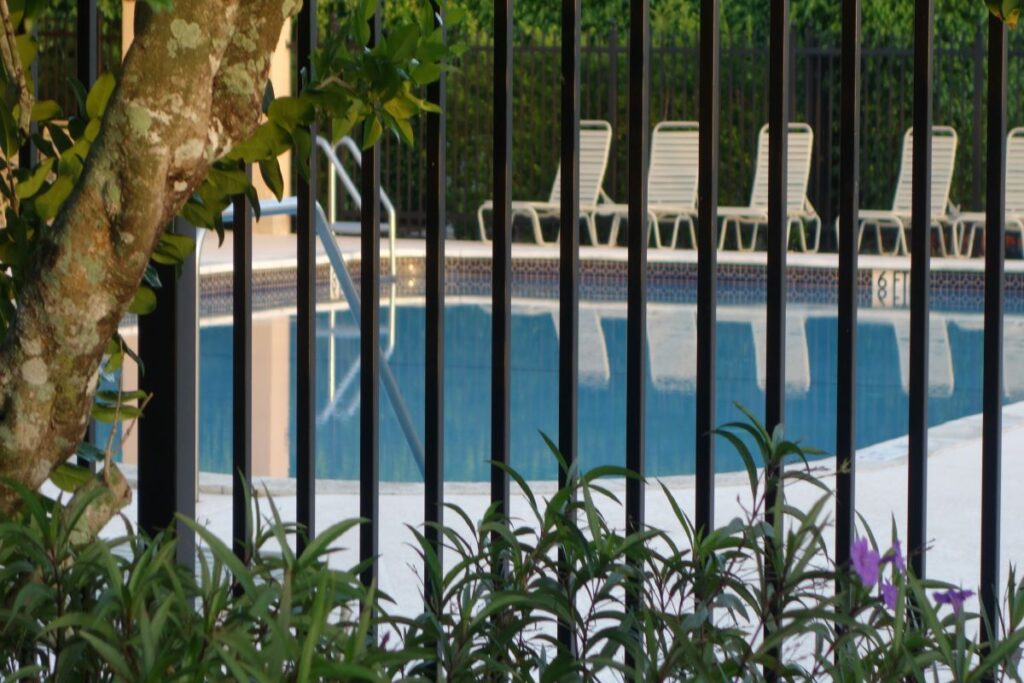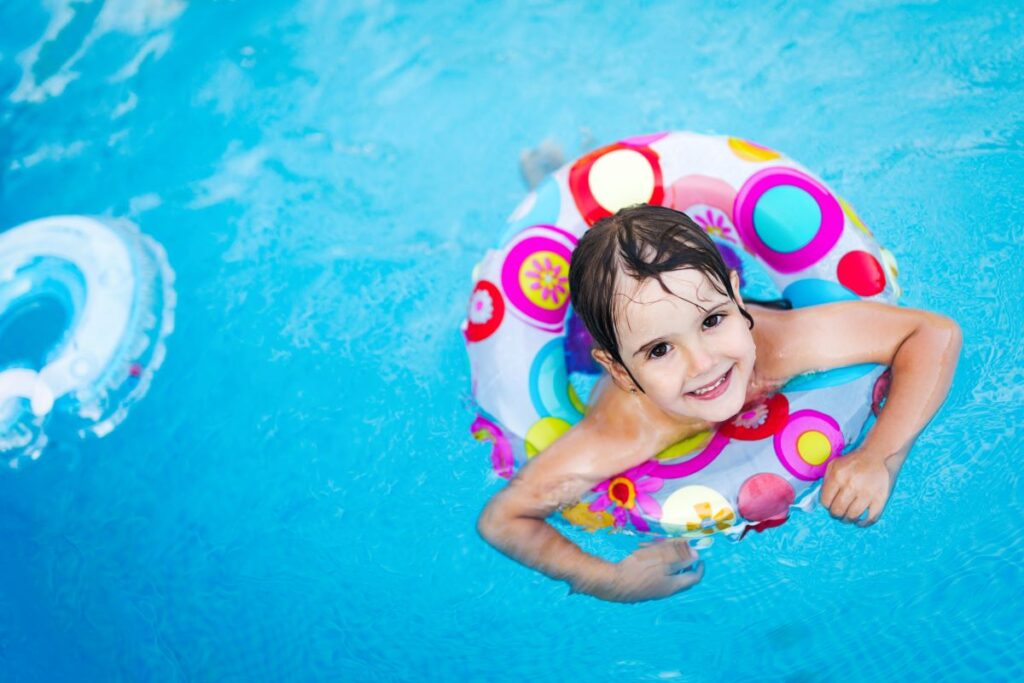
Drowning prevention is a top priority for anyone who owns a home pool or likes to swim. This is particularly important for those with infants or young children. Child drownings are the leading cause of death for children aged 14 and under. The Red Cross says 1 in 5 water fatalities are in children aged 1 to 4. This is important to us at AquaMobile Swim School. That’s why we are providing tips for parents to keep their children safe in the pool!
Drowning Prevention is Important. Learn What Steps You Need to Take to Prevent Accidents.
1. Actively Supervise Your Child While They Swim.
Make sure to watch your child closely while they swim as there is no substitute for parent or guardian supervision. One adult must be focused on watching the children in the pool. Twenty distracted adults are not enough in the event of an emergency.
The Lifesaving Society of Ontario said, 92% of children under age 5 drowned unsupervised or when the adult was distracted. They also stated 63% of drownings happened when the child was alone. This reinforces the importance of watching your children in the water.
2. Know the Signs of Drowning
Drowning can happen anytime and most people cannot yell or make noise above the water when drowning. In pop culture, you may see the drowning person yelling for help and flailing around, but that’s not the case in real life. Knowing what drowning looks like and doesn’t look like can allow you to respond and save a life. Dry drowning can occur when water is inhaled and causes the vocal cords to spasm and close.
Some of the signs of drowning include, but aren’t limited to the following:
- Head low in the water with the mouth at water level
- Glassy and empty eyes
- Hair over top the forehead or eyes
- Hyperventilating or gasping
- Unable to roll over onto the back successfully
3. Know How to do CPR and First-Aid
This may seem like common sense, but even experienced swimmers underestimate the power of knowing these things. Be up to date on both CPR and First Aid to be prepared for any emergency. Effective CPR can double a child’s chances of survival. This is why AquaMobile offers water safety and first aid courses alongside our regular at-home private swim lessons.
CPR helps the body maintain blood flow to the brain and the heart. This can help a drowning victim survive until a paramedic comes to give more advanced care. A certification is a good start. However, the best way to use techniques effectively is to practice them.
4. Ensure Supervising Adult Knows How to Swim
The adult supervising the children should be able to swim and have basic CPR and First Aid Training. That way in a swimming emergency, CPR could save a life during the time it takes for an ambulance to arrive.
Adults and older children can make a difference by knowing how to swim. This way, they can get drowning victims out of the pool before they are put in more distress. A supervising adult is there to help and having basic emergency skills can be the difference between life and death.
5. Make Sure Your Kids Know How to Swim
Swimming lessons are a crucial part of drowning prevention because children aged 1-4 who take them have a 88% less chance of drowning. Although children can learn to swim at a young age, an adult should always supervise them to ensure water safety.
Knowing how to swim is important for all ages. Children knowing basic techniques from a young age can help prevent drowning. For example, if your child can float on their back, they can stay above the water until help comes if need be.
6. Get a Pool Fence
An adequately installed fence ensures children don’t wander into your pool unsupervised. Some regions require it by law, but you should always have a fence 1.2 metres (four feet tall) around the pool. Additionally, install gates with a latch and a padlock beyond a child’s reach. Avoid using chain-link fences which are easy to climb.
Having one extra obstacle can discourage children from attempting to climb into the pool alone. If the temptation isn’t there, your children will wait for you to go swimming. It also makes pool playtime safe and fun!
7. Equip Pool with Safety Equipment
Have a First Aid kit, safety ring, rope and phone nearby your pool. Ensure babysitters and other caretakers know the regulations regarding your swimming pool. Having all the equipment on hand makes sure anyone is prepared to deal with any accidents.
Being prepared means having all of the appropriate equipment. This means if someone ever needs rescuing, you are ready. Staying safe in the pool is just as important as having fun.
8. Beware of Drains
Drains in a pool or hot tub can be dangerous as body parts and hair can get trapped in the suction, which can lead to drowning. Put in drain covers and consider installing multiple drains to reduce suction. Don’t let children play near the hot tub suction!
Getting sucked into a pool drain isn’t safe for anyone, especially little ones. Getting too close can trap someone underwater leading to drowning. It’s important to know these dangers. The CDC reported that these incidents lead to a serious injuries 85% of the time and 70% of these injuries happen to young children.
9. Clean Up Toys When Not in Use
Playing games is fun, but make sure to clean up afterwards. When you’re done with toys, get them out of the pool. A child could fall into the water trying to grab a toy.
Cleaning up and being organized is helpful in and out of the pool. When the pool isn’t in use, put away toys that may tempt your little one to jump in. That way, there won’t be any unwarranted accidents.
10. Never Let Your Child Swim Alone
Children should not swim alone and there should always be someone there to help. At any age, kids should be using the buddy system.
Heading to the beach? Going for a swim in your pool or at a community center? Ensure that an adult or caregiver is supervising your child at all times. For older children, make sure they go out into the water with a friend or older sibling to stay safe. This way, there is someone to go get help in the event of an emergency.
11. Discourage Horseplay in the Pool
This is an important pool rule for kids to follow. Make sure your children don’t push or jump on other children. It’s unsafe and can cause a swimming accident.
Know how at public pools, there are those rule signs posted? Maybe make up your own to hang by your pool. Otherwise, let your children and friends know the importance of being kind to one another in the pool. This means giving everyone their personal space and not pushing or jumping on one another.

